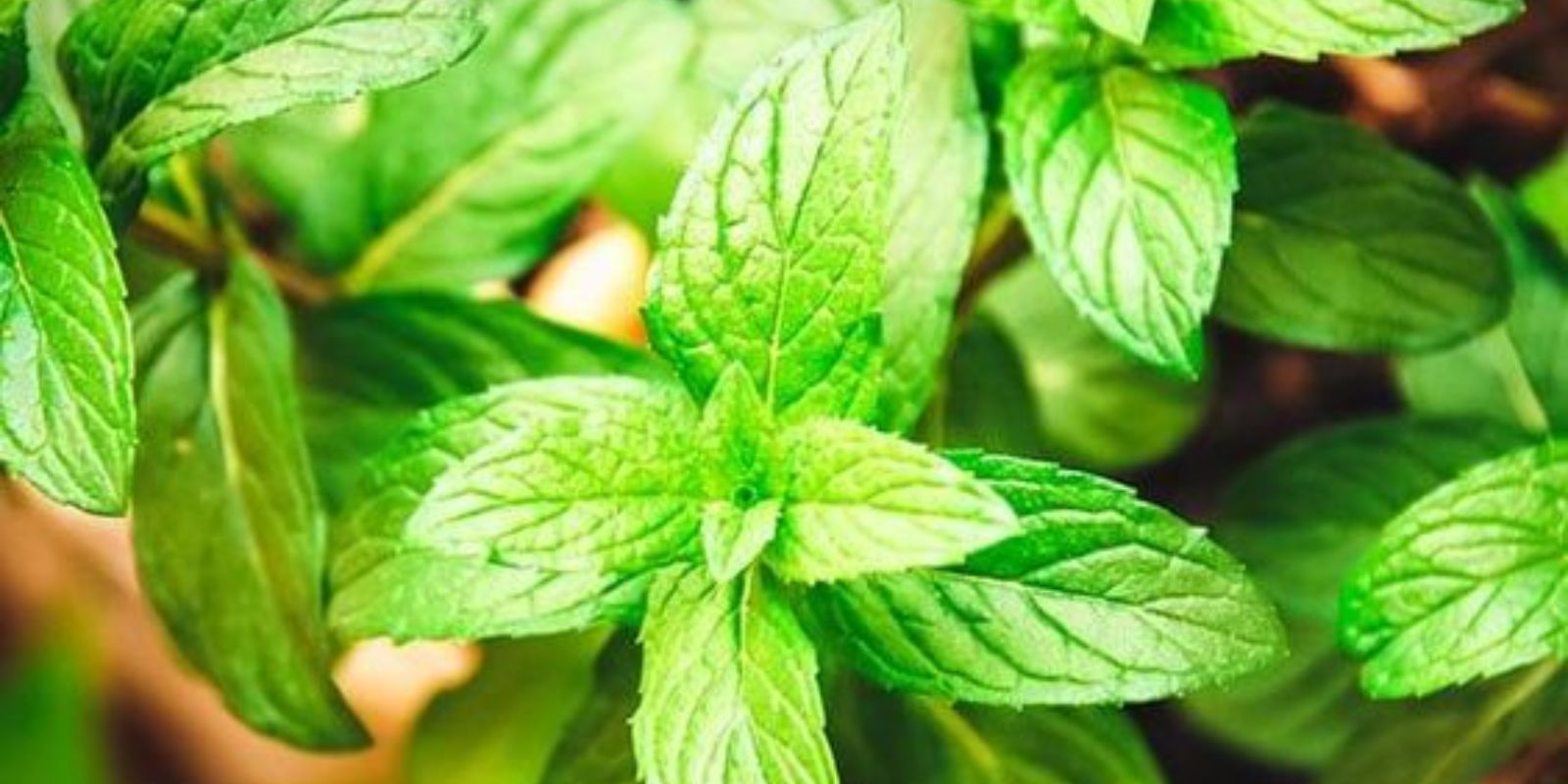Mint, with its invigorating aroma and myriad uses, is a herb cherished by gardeners and chefs alike. From refreshing beverages to flavorful dishes and natural remedies, mint’s versatility makes it a prized addition to any garden or home. If you’re considering growing mint, you’re in for a rewarding experience. This article provides a comprehensive guide on how to cultivate mint successfully, ensuring that you enjoy its full benefits.
Introduction
Mint (Mentha spp.) is not just a garden staple but a herb that brings a burst of freshness to many aspects of daily life. It’s renowned for its fragrant leaves and ease of growth. Whether you’re interested in using it for culinary purposes, medicinal remedies, or simply for its aesthetic appeal, mint is a versatile plant that thrives with minimal effort. This guide will walk you through the essential steps to cultivate mint successfully, ensuring a bountiful and lush harvest.
1. Choosing the Right Variety
Mint comes in various types, each with unique flavors and characteristics. Some of the most popular varieties include:
- Peppermint (Mentha × piperita): Known for its strong, cool flavor, peppermint is commonly used in teas, desserts, and medicinal preparations.
- Spearmint (Mentha spicata): With a milder, sweeter taste, spearmint is ideal for savory dishes and beverages.
- Chocolate Mint (Mentha × piperita ‘Chocolate’): This variety has a subtle chocolate aroma, making it a fun addition to sweets and drinks.
Choose a variety that suits your culinary or medicinal needs. Each type has its own growing requirements, so be sure to select the one that aligns with your gardening conditions.
2. Preparing the Soil
Mint thrives in well-drained, nutrient-rich soil. Here’s how to prepare the soil for optimal growth:
- Drainage: Ensure the planting area has good drainage to prevent waterlogging, which can lead to root rot. If you’re growing mint in containers, use pots with drainage holes.
- Soil Quality: Mint prefers loamy soil enriched with organic matter. Work compost or well-rotted manure into the soil to improve its fertility and structure.
3. Planting Mint
Mint can be grown from seeds, seedlings, or cuttings. However, starting with seedlings or cuttings is generally easier and faster.
- Seedlings or Cuttings: Purchase mint seedlings from a nursery or take cuttings from an established plant. If using seeds, sow them indoors 6-8 weeks before the last frost date.
- Spacing: Mint spreads rapidly, so space your plants about 12 inches apart to allow room for growth. If planting in containers, choose a large pot to accommodate the plant’s spreading nature.
4. Watering
Mint requires consistent moisture to thrive, but it’s crucial to avoid overwatering. Here’s how to manage watering effectively:
- Consistency: Keep the soil consistently moist, especially during hot, dry weather. Check the soil regularly and water when the top inch feels dry.
- Avoid Overwatering: Ensure proper drainage to prevent water from pooling around the roots. Overwatering can lead to root rot and other issues.
5. Sunlight Requirements
Mint grows well in partial to full sunlight. Here’s how to provide the right light conditions:
- Sun Exposure: Aim for at least 4-6 hours of sunlight daily. In hotter climates, some afternoon shade can protect the plant from intense heat.
- Container Growing: If growing mint in containers, place the pots in a sunny location where they receive adequate light.
6. Pruning and Maintenance
Regular pruning helps maintain the health and vigor of your mint plant. Follow these tips for effective pruning and maintenance:
- Prune Regularly: Trim back the mint plant to encourage bushier growth and prevent it from becoming leggy. Pinch off the tips of the stems to promote new leaf production.
- Remove Flower Stems: If mint starts to flower, remove the flower stems promptly. Flowering can cause the leaves to become bitter and reduce the plant’s overall flavor.
7. Harvesting Mint
Mint leaves are ready to harvest once the plant is well-established and has grown to a sufficient size. Here’s how to harvest mint effectively:
- Timing: Harvest leaves in the morning when they are most fragrant and have the highest essential oil content.
- Method: Use clean, sharp scissors or pruning shears to cut leaves from the top of the plant. Avoid removing more than one-third of the plant at a time to ensure continued growth.
8. Pest Control and Diseases
Mint is generally resistant to many pests and diseases, but it can still face some challenges. Here’s how to manage common issues:
- Pests: Watch for aphids, spider mites, and whiteflies. Use insecticidal soap or neem oil to manage infestations.
- Diseases: Mint is susceptible to rust and mildew. Ensure proper spacing and good air circulation to prevent fungal diseases.
9. Winter Care
In colder climates, mint may need special care during the winter months:
- Mulching: Apply a layer of mulch around the base of the plant to insulate the roots and protect them from freezing temperatures.
- Container Care: If growing mint in containers, move the pots to a sheltered location or indoors during winter to prevent frost damage.
Conclusion
Growing mint at home is a rewarding experience that offers numerous benefits. From its fresh aroma and culinary uses to its ability to enrich soil and enhance garden aesthetics, mint is a versatile herb that thrives with minimal effort. By following these guidelines on selecting varieties, preparing soil, planting, and maintaining your mint, you can enjoy a bountiful harvest of this enchanting herb. Embrace the joys of growing mint and enhance your garden with its vibrant green leaves and refreshing scent. 🌱🍃🌿

